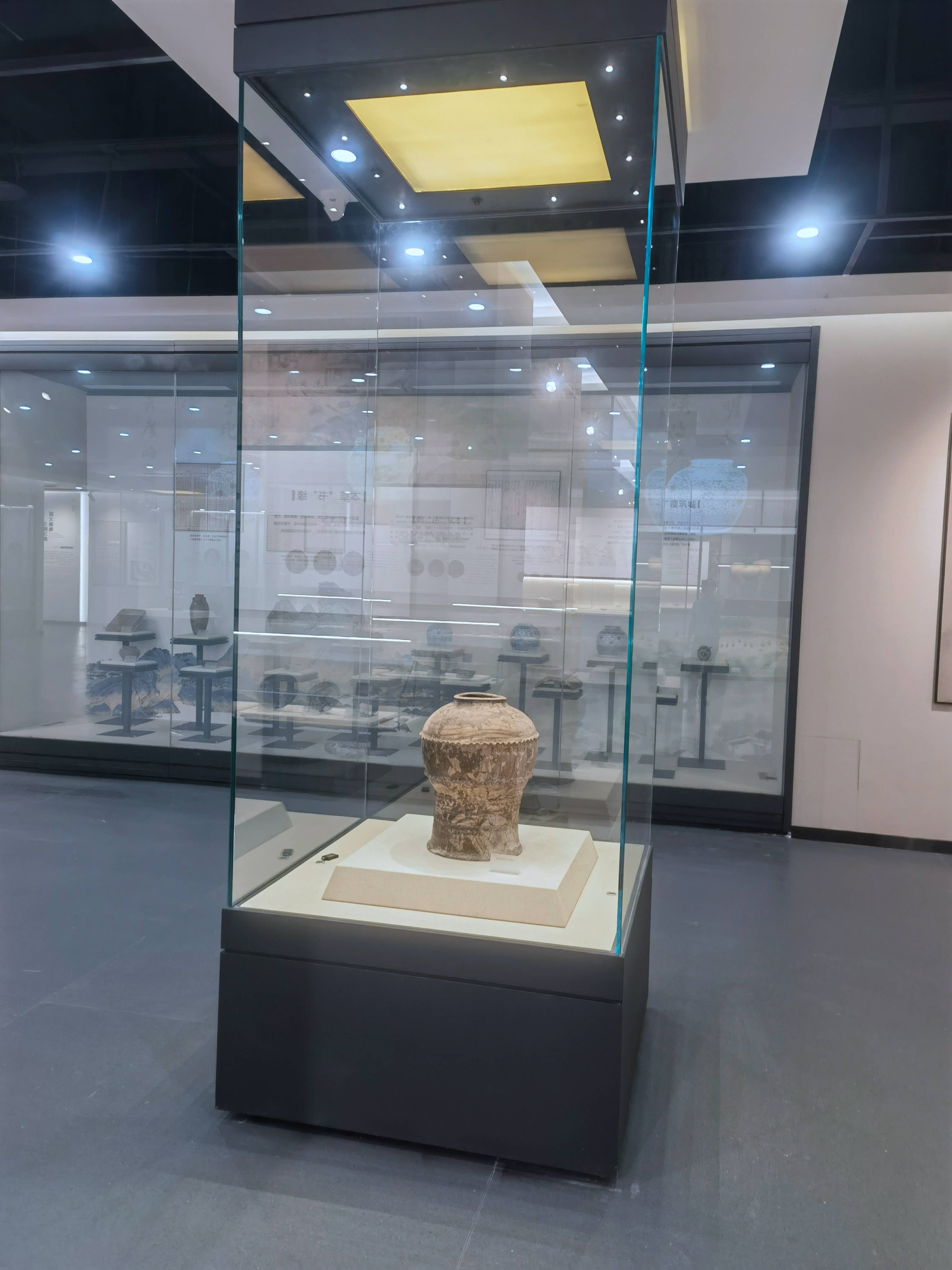& nbsp; Although museum display cabinets and commercial display cabinets are both display tools, there are essential differences in design concept, material technology, safety standards and functional requirements. The former shoulders the responsibility of cultural relics protection and historical inheritance, while the latter focuses on commodity promotion and brand communication, and the differences between the two reflect the professional demands in different scenarios.
& nbsp; 1. Material selection: Double considerations of safety and environmental protection Museum display cabinets take "cultural relics safety" as the core, and select high-standard materials for fire prevention, theft prevention and corrosion resistance. Most of the cabinets are welded with cold-rolled metal plates and electrostatically sprayed on the surface, while the glass is made of low-reflection ultra-white laminated glass, which can prevent debris splashing and ensure the safety of cultural relics and spectators even if it is impacted by external forces. In contrast, ordinary display cabinets commonly use wooden frames and tempered glass, focusing on the balance between cost and beauty, and relatively low requirements for material durability.

& nbsp; 4. Display logic: Immersion experience and information transmission Museum display cabinets emphasize "narrative" and guide the audience to focus on the historical value of cultural relics through lighting levels, booth angles and atmosphere creation. For example, a stand-alone panoramic cabinet provides a 360-degree viewing angle, while a wall display cabinet enhances visual continuity through spatial extension. Commercial display cabinets are designed around "sales transformation", highlighting the function and texture of commodities, often with interactive screens or promotional information.
& nbsp; 5. Core Mission: The essential difference between the protection of cultural relics and the guidance of consumption lies in the purpose of display. Museum display cabinets need to balance "visibility" and "untouchability" to maximize the presentation of cultural information on the premise of ensuring the safety of cultural relics, while commercial display cabinets encourage consumers to experience commodities at close range and promote purchasing behavior through open design or touch technology.
& nbsp; Behind this difference is the museum's commitment to the "permanent preservation" of cultural relics and the pursuit of "immediate benefits" in commercial scenarios. When the display cabinet is sublimated from a commodity display tool to a guardian of cultural heritage, its technical content and professional standards naturally far exceed those of ordinary display cabinets, and become a precise carrier of science and technology and humanities.
& nbsp; Huabo Art Exhibition has been deeply engaged in the design, customization, production and installation of exhibition cabinets for more than ten years, creating quality with ingenuity and leading the future with innovation. We focus on providing one-stop display cabinet solutions
for museums, art galleries, memorials, art galleries, science and technology museums, history museums, memorials and other cultural institutions.previous:Process requirements and instructions for the production of museum display cabinets
next:The Difference between Museum Display Case and Ordinary Display Case: The Deep Difference from Safet